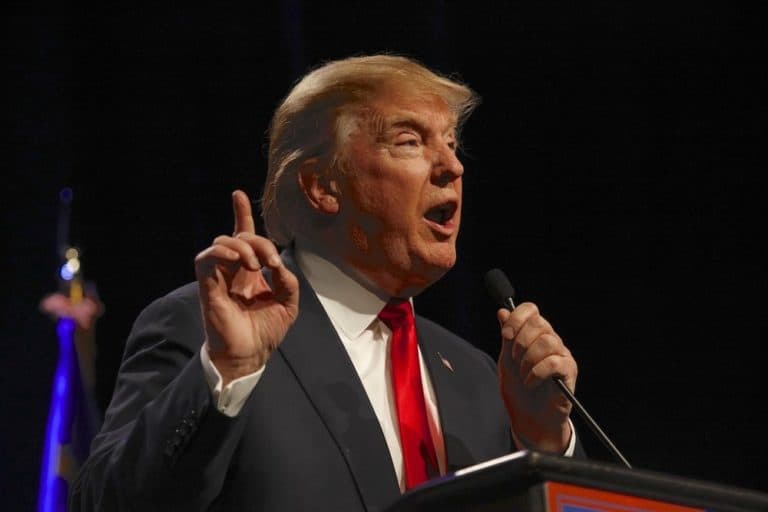According to news organisation Reuters, US President Donald Trump is considering issuing a decree to ban the use of telecommunications equipment from the Chinese manufacturers Huawei and ZTE. As a result, American companies will no longer be allowed to use this equipment.
According to the news organization, this measure would be the last step in the strategy currently being pursued by the White House against both Chinese manufacturers. The American government claims that (telecom) equipment from Huawei and ZTE contain possibilities for the Chinese government to eavesdrop on end-users.
According to sources, the executive order could be signed by President Donald Trump as early as January. This will further restrict the use of Huawei and ZTE equipment in the US. A number of American telcos had recently announced that they would be removing Huawei’s equipment from their networks and replacing it with products from other suppliers.
Strategy against Huawei and ZTE
The US government has long been pursuing a strategy against both Chinese companies in the area of potential espionage. In addition, it may also be part of the trade war being waged between the two countries.
For example, Huawei’s top lady Meng Wanzhou, daughter of the founder, was recently arrested in Canada. The United States had issued a warrant for her arrest for violating the sanctions against Iran. In reality, however, it would be because of the potential for espionage activities. The US has already made an official request for extradition to Canada.
Other countries
Outside the United States, more and more countries are banning the equipment of these manufacturers from their networks. In the Netherlands, where mainly T-Mobile and KPN use the equipment of these manufacturers, this is not yet the case.
This news article was automatically translated from Dutch to give Techzine.eu a head start. All news articles after September 1, 2019 are written in native English and NOT translated. All our background stories are written in native English as well. For more information read our launch article.